At the New Mexico Land Conservancy, land conservation is a priority. As the only statewide land trust serving New Mexico, NMLC directs a significant portion of its resources to proactively conserving high conservation-value and productive agricultural land throughout the state.
Land conservation helps preserve New Mexico’s land heritage by protecting and supporting:
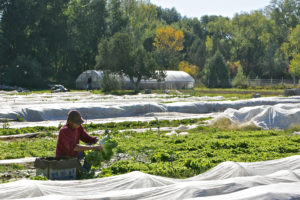
Healthy Food, Strong Economy
Pecans, pistachios and pinto beans … Blue corn enchiladas and green-chile cheeseburgers … New Mexico’s land heritage includes great food!
Farming and ranching are an enormous part of our state’s heritage and character. Today, agriculture contributes $$ billions to New Mexico’s economy each year. Productive agricultural lands provide fresh local food and livelihoods for many throughout the state. But these working lands are under threat of development – and not just from subdivision and housing. The economic and environmental challenges affecting farming and ranching today leave these landowners susceptible to the pressures of all types of development. A healthy agricultural base in New Mexico depends on keeping these working lands open and intact – not chopped up into parcels too small to be productive or stripped of their water rights.
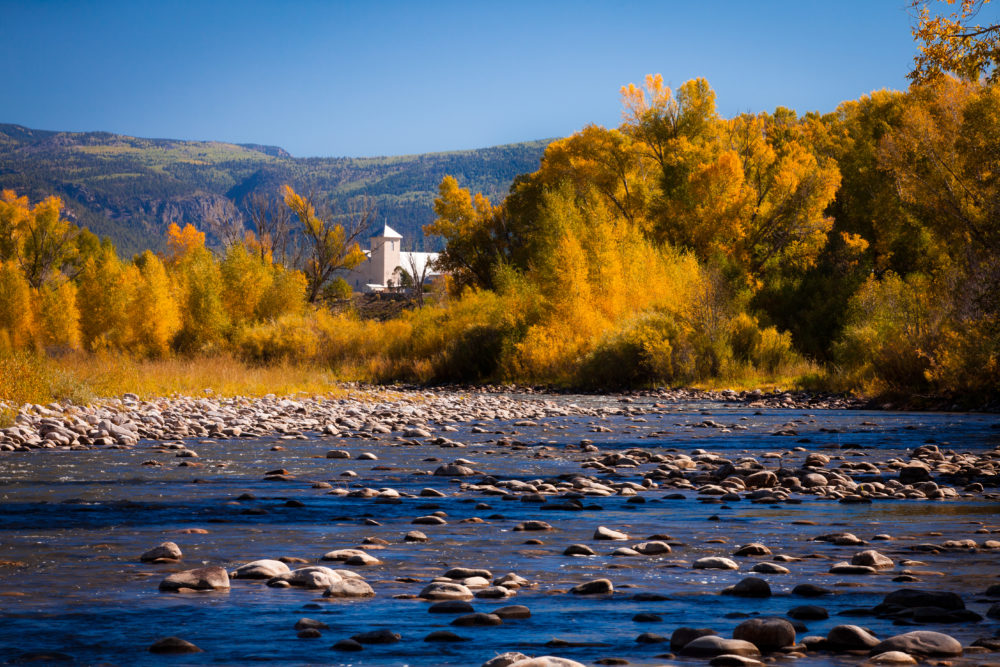
Fresh Water
Each year more than 50,000 acres of rural land is lost in New Mexico due to growth and development, of which 10% are prime agricultural lands. Along with this, precious water rights, which should be kept on the land, are being transferred and converted to municipal use.
And, as the saying goes, “what happens upstream determines and affects what happens downstream.”
Especially in such an arid state, managing the oncoming development and maintaining healthy land is essential to protecting our water supply. Land conservation can play a critical role in ensuring that our watersheds remain whole and healthy – functioning, ecologically – able to capture precipitation and snowmelt and replenish groundwater reserves. Land conservation also helps protect precious, life-giving creeks, streams, cienegas and other water flows– and not just for humans. Wildlife depend on water, too!

Wildlife
Imagine a world without wildlife. No elk herds, mule deer or pronghorn. No songbirds or waterfowl. No trout of any kind or color…
When development forces wildlife to relocate—sometimes suddenly—or find other sources of food and shelter when habitats are fragmented or disappear altogether, competition for dwindling resources can decimate entire species.
Land conservation helps protect water resources for wildlife, as well as habitat and open space for their age-old migratory corridors and flyways crucial to maintaining their populations. As land stewards, private landowners play a huge role in supporting wildlife—maintaining, for example, healthy herds of game animals in New Mexico. After all, wildlife and nature, in general, don’t recognize property lines.
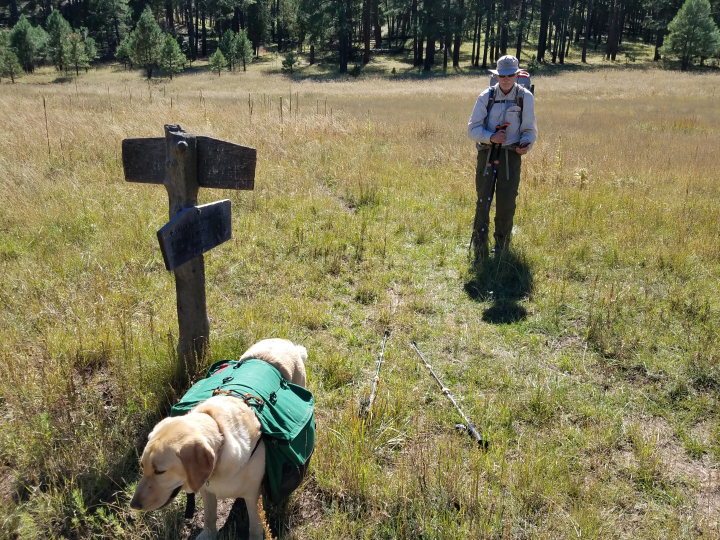
Recreation
According to a recent report from the Outdoor Industry Association, the outdoor recreation economy directly contributes $10 billion in annual consumer spending and employs nearly 100,000 people in New Mexico. Conservation on private lands helps buffer and protect neighboring public lands, as well. After all, who would want to see a housing development or wind farm within view of our favorite park or national forest?
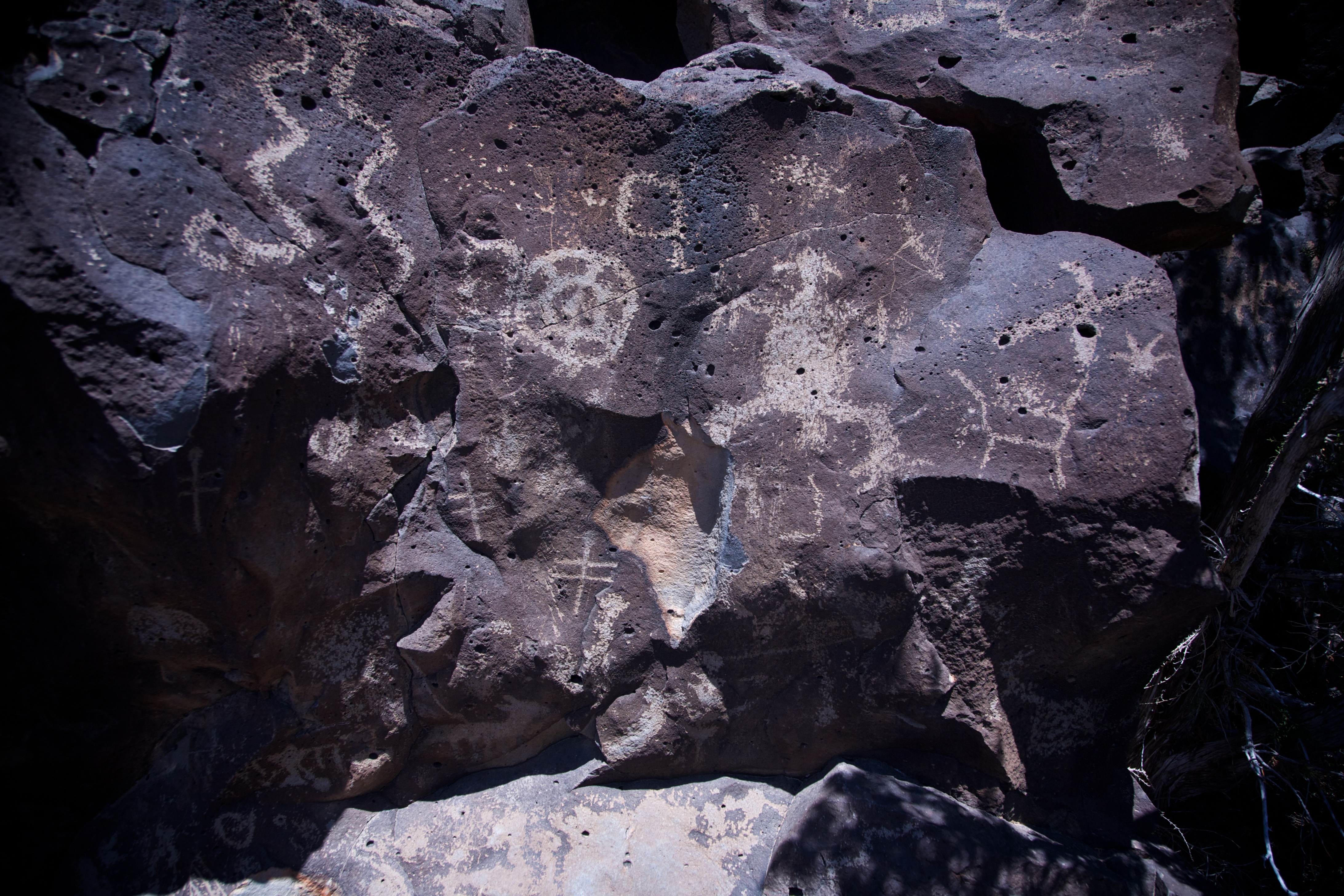
Cultural and Historic Sites and Resources
Land conservation can also preserve cultural and historical resources – and is particularly important in New Mexico, where cultural sites are literally scattered across the state on both public and private lands. The land harbors pages of the past from many cultures, preserved in petroglyphs, ancient ruins and artifacts, tipi rings, wagon ruts and homestead relics. The archeological and historical values present on much of New Mexico’s landscapes speak to the rich and layered history of our state and its many chapters ─ from the Clovis and Pueblo eras to modern times ─ and are worth protecting. Land conservation can also help buffer cultural and historic sites from residential and energy development and associated infrastructure which may undermine the integrity, preservation and scenic beauty of those sites and their surrounding viewsheds.
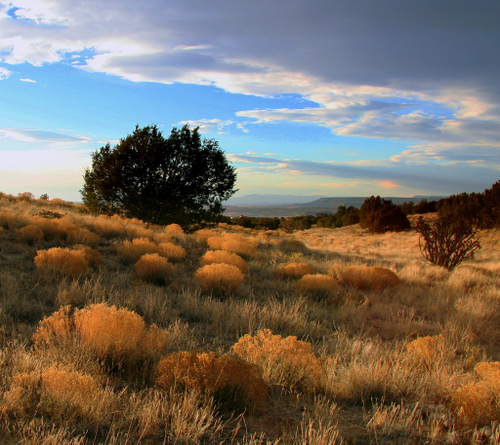
Scenic Open Space
Basically, it all comes down to this: New Mexico is the land we love, thanks in large part to its open space.
The benefits of undeveloped land go far beyond spectacular scenery. Open space supports water filtration and storage (especially critical to New Mexico’s future); preserves farmland as a way of life to feed our local communities; provides habitat and migratory corridors for wildlife; even mitigates air pollution and sequesters carbon!
This open space is at risk right now. New Mexico is a large state, geographically, without the state funding other more populated states enjoy.
And although we’re fortunate to have the state and federal system of parks, forests, monuments and wildlife refuges, these public lands are not enough to sustain our human needs or the needs of our wildlife and biodiversity.
NMLC’s mission is relevant now more than ever, as land conservation becomes increasingly important throughout the state.
